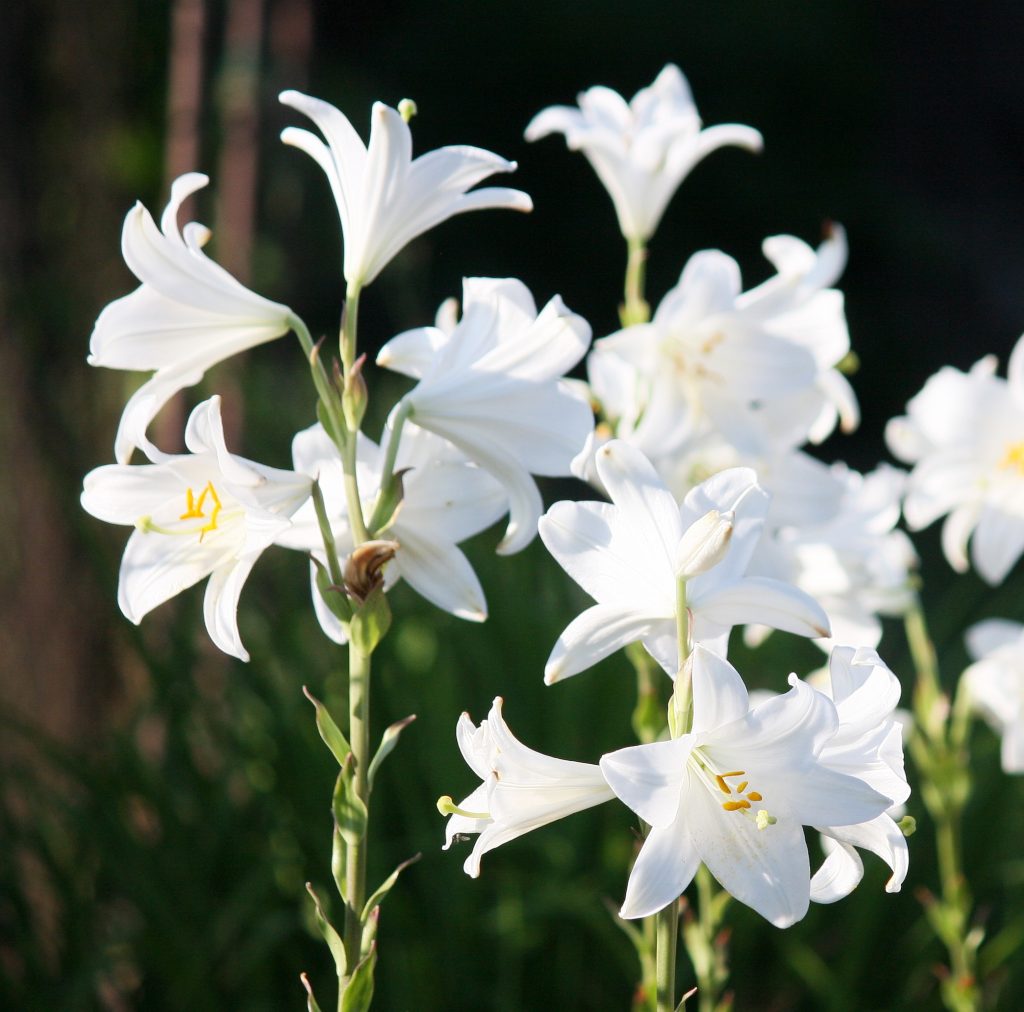
This herbaceous perennial bulb is native to the Balkans and Middle East and has been cultivated for at least 3,000 years dating back to the Bronze age Minoans on the island of Crete where it was grown for both medicinal and ornamental purposes. The ancient Roman naturalist, Pliny the Elder (d 79 AD), thought that the lily was second only to the rose in respect to its unguent and extracted oil and lists 21 remedies made from the bulbs or flowers. Lilies may also have been important to the perfume industry in Pompeii where the use of pleasant fagrances helped to disguise the foul-smelling odors from the sewers, fulleries, and street garbage. A wall painting in the House of the Golden Bracelet in Pompeii includes white lily blossoms and excavations in the House of the Garden of Hercules revealed pollen of lily, violet and rose along with a large assortment of terracotta and glass containers suggesting that the house was a site for the production and sale of perfumes. Photo Credit Wikimedia

Description: Plants grow 4-6′ tall and have rigid leafy stems that produce up to 20 trumpet-shaped flowers with white petals flushed with yellow at the base. The flowers appear in late spring to early summer and are 2-3″ long, outward facing, and very fragrant. Unlike most lilies, the Madonna lily produces a basal rosette of leaves in the winter that dies back in the summer.
Size: 4-6′ H x 1-2′ W
Light: Full sun to partial shade
Soil: Average, medium moist, well-drained; does not tolerate dry soil
Hardiness: Zones 6-9
Photo Credit Wikipedia